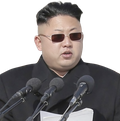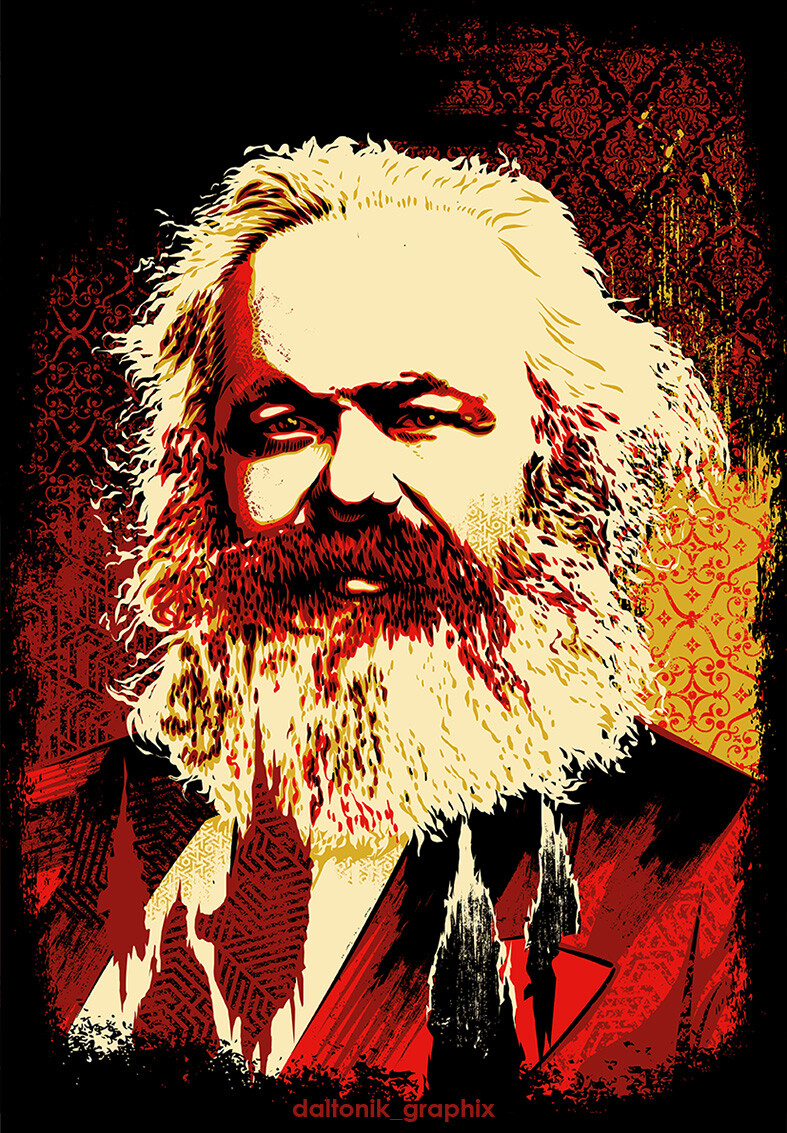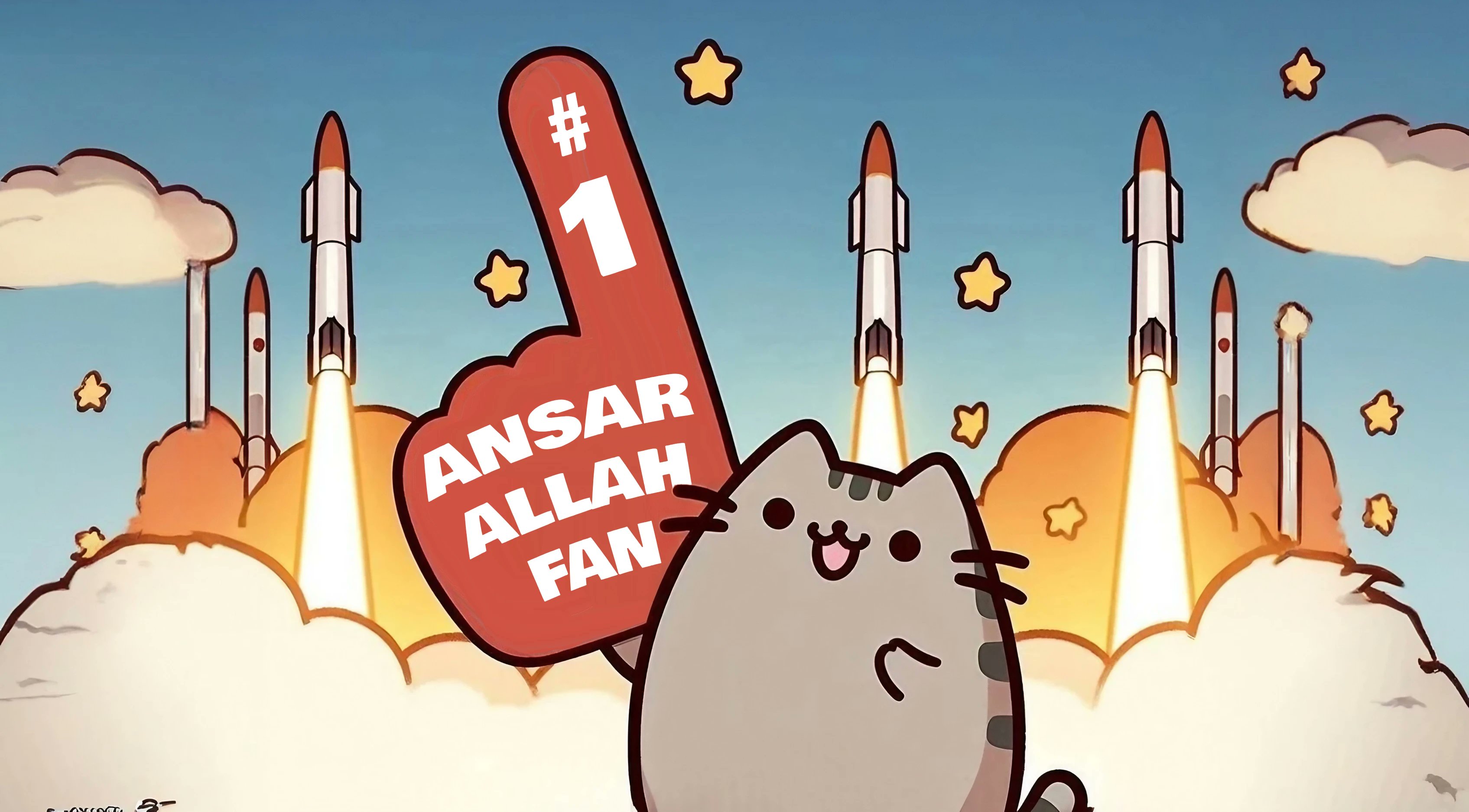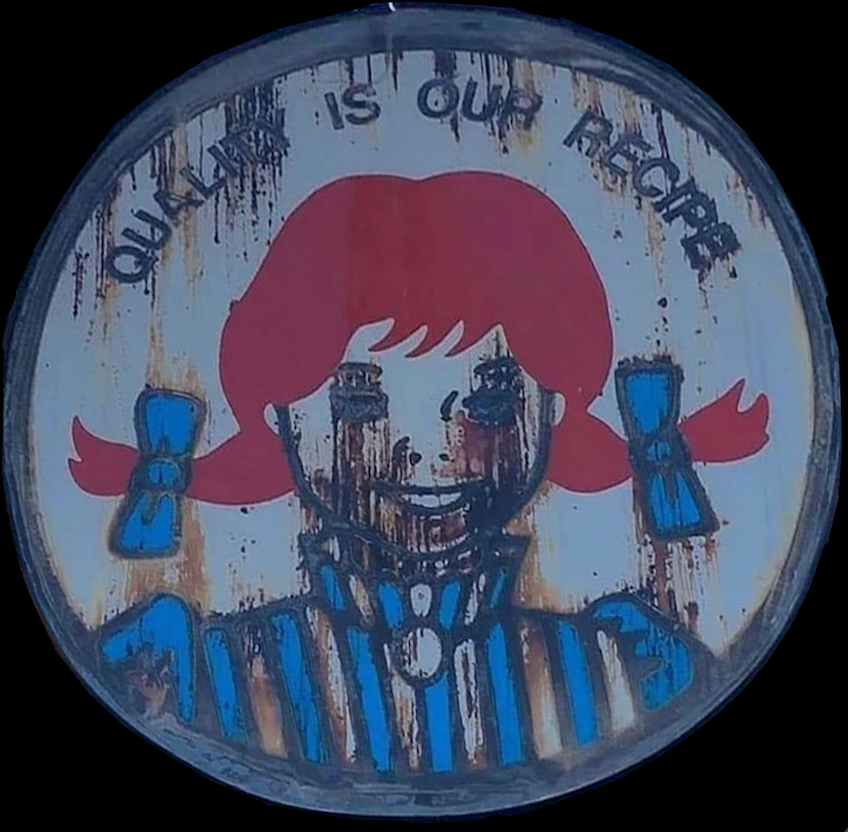cross-posted from: https://hexbear.net/post/64349
The Soviet monetary system stood the test of war. Thus, the money supply in Germany during the war years increased 6 times (although the Germans brought goods from all over Europe and a large part of the USSR); in Italy - 10 times; in Japan - 11 times. In the USSR, the money supply during the war years increased only 3.8 times.
However, the Great Patriotic War gave rise to a number of negative phenomena that needed to be eliminated. Firstly, there is a mismatch between the amount of money and the needs of trade. There was a surplus of money. Secondly, several types of prices have appeared - rations, commercial and market. This undermined the importance of cash wages and cash incomes of collective farmers by workdays. Thirdly, large sums of money settled with speculators. Moreover, the difference in prices still gave them the opportunity to enrich themselves at the expense of the population. This undermined social justice in the country.
The state immediately after the end of the war held a series of measures aimed at strengthening the monetary system and increasing the welfare of the population. The purchasing demand of the population increased by increasing wage funds and reducing payments to the financial system. So, from August 1945, they began to abolish the military tax on workers and employees. The tax was finally abolished in early 1946. They did not conduct monetary and clothing lotteries anymore and reduced the size of the subscription for a new state loan. In the spring of 1946, savings banks began to pay workers and employees compensation for vacations not used during the war. The post-war restructuring of industry began. There was some growth in the commodity stock due to the restructuring of industry and due to a reduction in the consumption of the armed forces and the sale of trophies. To withdraw money from circulation, the deployment of commercial trade continued. In 1946, commercial trade gained a fairly wide scope: a wide network of shops and restaurants was created, the range of goods was expanded and their price was reduced. The end of the war led to a drop in prices on collective farm markets (by more than a third).
However, by the end of 1946, the negative phenomena were not completely eliminated. Therefore, the course on monetary reform has been maintained. In addition, the release of new money and the exchange of old money for new was necessary in order to eliminate the money that went abroad and improve the quality of banknotes.
According to the USSR People’s Commissar of Finance Arseny Zverev (who managed the finances of the USSR since 1938), Stalin first inquired about the possibility of monetary reform at the end of December 1942 and demanded that the first calculations be presented at the beginning of 1943. Initially, they planned to carry out the monetary reform in 1946. However, because of the famine caused by drought and crop failure in a number of Soviet regions, the start of the reform had to be postponed. Only on December 3, 1947 did the Politburo of the Central Committee of the All-Union Communist Party of Bolsheviks decide to abolish the card system and begin monetary reform.
The conditions for monetary reform were defined in the Decree of the Council of Ministers of the USSR and the Central Committee of the All-Union Communist Party of Bolsheviks of December 14, 1947. Money exchange was carried out throughout the Soviet Union from December 16 to 22, 1947, and in remote areas ended on December 29. When recalculating wages, money was exchanged so that wages remained unchanged. The change coin was not subject to exchange and remained in circulation at face value. For cash deposits with Sberbank, amounts up to 3 thousand rubles were also subject to a one-to-one exchange; on deposits from 3 to 10 thousand rubles, savings were reduced by one third of the amount; for deposits of more than 10 thousand rubles, two thirds of the amount were subject to withdrawal. Those citizens who kept large amounts of money at home could exchange at the rate of 1 new ruble to 10 old. Relatively favorable conditions for the exchange of cash accumulations were established for holders of bonds of state loans: bonds of a loan in 1947 were not subject to revaluation; bonds of mass loans were exchanged for bonds of a new loan in the ratio of 3: 1, bonds of a freely sold loan of 1938 were exchanged in the ratio of 5: 1. Funds that were in the settlement and current accounts of cooperative organizations and collective farms were revalued from the calculation of 5 old rubles to 4 new ones.
At the same time, the government abolished the card system (earlier than other victorious states), high prices in commercial trade and introduced uniform lower state retail prices for food and industrial goods. So, for bread and flour prices were reduced by an average of 12% against the current ration prices; for cereals and pasta - by 10%, etc.
Thus, the negative consequences of the war in the monetary system were eliminated in the USSR. This allowed us to switch to trading at uniform prices and reduce the money supply by more than three times (from 43.6 to 14 billion rubles). In general, the reform was successful.
In addition, the reform had a social aspect. Speculators pressed. This restored social justice, trampled during the years of war. At first glance, it seemed that everyone was hurt, because everyone had some money on hand on December 15th. But an ordinary worker and employee living on a salary, who by the middle of the month was no longer a lot of money, suffered only nominally. He didn’t even have money left, since on December 16 they began to issue salaries with new money for the first half of the month, which they usually did not. Salaries are usually paid monthly after the end of the month. Thanks to this extradition, workers were provided with new money at the beginning of the reform. The exchange of 3 thousand rubles of a 1: 1 deposit satisfied the vast majority of the population, since people did not have significant funds. Based on the entire adult population, the average contribution to the savings book could not be more than 200 rubles. It is clear that the “Stakhanovites”, inventors and other small groups of the population who had super-profits lost some of their money with speculators. But taking into account the general decline in prices, they, without winning, nevertheless did not suffer much. True, those who kept large amounts of money at home could be unhappy. This concerned speculative groups of the population and part of the population of the South Caucasus and Central Asia who did not know the war and for this reason had the opportunity to trade. who kept large amounts of money at home. This concerned speculative groups of the population and part of the population of the South Caucasus and Central Asia who did not know the war and for this reason had the opportunity to trade. who kept large amounts of money at home.
It should be noted that the Stalinist system was unique, which was able to withdraw most of the money from money circulation, and at the same time most ordinary people were not injured. At the same time, the whole world was struck by the fact that only two years after the end of the war and after a crop failure in 1946, the main food prices were kept at the ration level or even reduced. That is, almost all food was available to everyone in the USSR.
This was a surprise for the Western world and an offensive surprise. The capitalist system was literally driven into the mud by the ears. Thus, Great Britain, on the territory of which there was no war for four years and which suffered immeasurably less in the war than the USSR, could not cancel the card system in the early 1950s. At that time, miners went on strike in the former "workshop of the world," which demanded that they provide a standard of living like the miners of the USSR.
Cont. In the comments.
How Stalin freed the ruble from the dollar
The Soviet ruble has been pegged to the US dollar since 1937. The ruble was calculated against foreign currencies based on the US dollar. In February 1950, the Central Statistical Office of the USSR, on an urgent assignment of I. Stalin, recounted the exchange rate of the new ruble. Soviet specialists, focusing on the purchasing power of the ruble and the dollar (compared the prices of goods), and brought out the figure of 14 rubles for 1 dollar. Earlier (until 1947), 53 rubles were given per dollar. However, according to the head of the Ministry of Finance Zverev and the head of Gosplan Saburov, as well as those present at the event, Chinese Prime Minister Zhou Enlai and Albanian leader Enver Khoji, Stalin crossed this figure on February 27 and wrote: “At most - 4 rubles.”
Decree of the Council of Ministers of the USSR of February 28, 1950 transferred the ruble to a permanent gold basis, the pegging to the dollar was canceled. The gold content of the ruble was set at 0.222168 grams of pure gold. On March 1, 1950, the purchase price of the USSR State Bank for gold was set at 4 rubles. 45 kopecks for 1 gram of pure gold. As Stalin noted, the USSR was thus protected from the dollar. After the war, the United States had dollar surpluses that they wanted to dump on other countries, shifting their financial problems to others. Joseph Stalin cited Yugoslavia, where Josip Broz Tito ruled, as an example of perpetual financial, and therefore political dependence on the Western world. The Yugoslav currency was pegged to the “basket” of the US dollar and British pound sterling. Stalin actually predicted the future of Yugoslavia: "... sooner or later, the West will" collapse "Yugoslavia economically and politically dismember ...". His prophetic words have come true since the 1990s.
For the first time, national money was exempted from the American dollar. According to the United Nations Economic and Social Council, the United Nations European and Far Eastern Commissions (1952-1954), Stalin’s decision almost doubled the efficiency of Soviet exports. And at that time - industrial and high-tech. This happened due to exemption from dollar prices of importing countries that underestimated prices for Soviet exports. In turn, this led to an increase in production in most Soviet industries. The Soviet Union also got the opportunity to get rid of the import of technology from the United States and other countries that were oriented to the dollar and accelerate its own technological update.
Stalin's plan to create a common "non-dollar" market The transfer to the “Stalinist gold ruble” of most of the USSR’s trade with the countries of the Council for Mutual Economic Assistance (CMEA), created in 1949, as well as with China, Mongolia, North Korea, Vietnam and a number of developing countries led to the formation of a financial and economic block. There was a common market that was free of the dollar, which means political influence of the United States.
In the first half of April 1952, an international economic meeting was held in Moscow. At it, the Soviet delegation, headed by Deputy Chairman of the USSR Council of Ministers Shepilov, proposed the establishment of a common market for goods, services and capital investments. It was free of the US dollar and was created in opposition to the General Agreement on Tariffs and Trade (GATT) and US expansion. At that time, the Marshall Plan was already in full force. The economies of most of Europe are dependent on the United States.
Members of CMEA and China as early as 1951 declared the inevitability of close cooperation of all countries that do not want to subordinate the US dollar and the dictates of Western financial and trade structures. The idea was supported by countries such as Afghanistan, Iran, India, Indonesia, Yemen, Syria, Ethiopia, Yugoslavia and Uruguay. These countries became co-organizers of the Moscow Forum. Interestingly, the proposal was supported by some Western countries - Sweden, Finland, Ireland, Iceland and Austria. In total, 49 countries took part in the Moscow meeting. During his work, more than 60 trade, investment and scientific-technical agreements were signed. Among the basic principles of these agreements were: the exclusion of dollar payments; the possibility of barter, including for paying off debts; harmonization of policies in international economic organizations and in the global market; mutual favored nation treatment in loans, investments, loans and scientific and technical cooperation; customs and price privileges for developing countries (or their individual goods), etc.
The Soviet delegation proposed at the first stage to conclude bilateral or multilateral agreements on customs, price, credit and commodity issues. Then they planned to carry out a gradual unification of the principles of foreign economic policy and create a “general block” trade zone. At the final stage, they planned to create an interstate settlement currency with mandatory gold content (the ruble was already prepared for this), which led to the completion of the creation of a common market. It is clear that financial and economic integration led to political integration. Around the USSR, not only socialist, but also people's democratic and former colonies, that is, developing states, would unite.
Unfortunately, after the death of Stalin, the authorities of the USSR and most other CMEA countries departed from the proposals of the great leader, gradually falling under the power of the dollar (and their elites under the power of the "golden calf"). They tried to “forget” about the great Stalin project. Moreover, in view of Khrushchev’s socio-economic and political adventures (“Khrushchevschina” as the first perestroika), the “Stalin gold ruble” (10 times) had to be greatly devalued and its gold content reduced. In the late 1970s, the gold content of the Soviet ruble was de facto eliminated altogether. Since the time of Khrushchev, Soviet foreign trade with most countries began to be carried out in US dollars. In addition, the Soviet Union became a "donor" of developing countries and began to supply the Western world with cheap energy and industrial raw materials. And the gold reserve that was created under Stalin,
I. Stalin understood that the world financial circles, and above all the United States, would not calmly observe the process of creating an alternative world currency, secured by gold and not tied to the dollar, and would seek a variety of methods of counteraction. But how to weaken the USSR, and not give the opportunity to appear the golden ruble? Impose a war on the USSR on foreign territory. And so it happened in Korea in 1950. On June 25, 1950, the Korean War began. The results of the war for the United States: more than 1 million dead, wounded and prisoners, a huge amount of lost military equipment and weapons, $ 20 billion of funds spent. However, the main goal of the United States was achieved, which they simply don’t know about right now, or prefer not to talk, because in the midst of the Russian intelligentsia, it’s not customary to talk badly about America.
The United States had a strategic goal: To prevent the USSR from introducing an alternative to the dollar, gold interstate currency.
After the end of the war in Korea, China, North Korea, Mongolia, and Vietnam planned to join CMEA. But the Korean war ended after the death of Stalin, and the new leadership of the USSR and the CPSU, and personally N. S. Khrushchev, changed their economic orientation to pro-Western. N.S. Khrushchev, having come to power, made it clear to everyone that the idea of an interstate gold ruble was untimely. And he returned the peg of the ruble to the dollar.
Reforming his agriculture, banning gardens and household plots, and fighting religion (he even promised "... to show the world the last priest .."), he received punishment for drought and crop failures in the country. And he began to buy grain for gold on the American continent. In just a few years, N.S. Khrushchev managed to sell abroad 2,900 tons of gold (the only case in world history!) Accumulated by I. Stalin, and which were supposed to provide the gold content of the planned gold international currency - the Stalin Golden Ruble.
If not for the sale of gold abroad, the gold reserve of our country in 1964 would be at least about 3150 tons.
About the same gold reserve in 2010 has the entire IMF - the International Monetary Fund. For comparison: the US state gold reserve stored in the United States is - 8133.5 tons.
The idea of “Soviet globalization” at the financial and economic level and freedom from the US dollar, depending on the US Federal Reserve System, is now more relevant than ever. Actually, nothing needs to be invented. Everything has already been given to Russia by Joseph Stalin. It is only necessary to show political will and bring its plans to its logical conclusion. Then Russia will be completely independent on the financial and economic priority, undermine the power of the Fed, Western TNBs and TNCs and receive a powerful tool for "Russian globalization." Russia will receive a powerful tool for the development of the national economy and the development of the welfare of the people.
From:
http://stalinism.ru/stalin-i-gosudarstvo/kak-stalin-osvobodil-rubl-ot-dollara-stalinskij-plan-sozdaniya-obshchego-nedollarovogo-rynka.html http://stalinism.ru/stalin-i-gosudarstvo/stalinskiy-zolotoy-rubl-zabyitaya-istoriya.html
Sources: A forgotten idea without a statute of limitations // http://www.rg.ru/bussines/rinky/482.shtm. Zverev A. Notes of the Minister. M., 1973. How the ruble was "freed" from the dollar // http://www.stoletie.ru/territoriya_istorii/kak_rubl_osvobodili_ot_dollara_2010-03-01.htm. Martirosyan A. B. 200 myths about Stalin. Stalin after the war. 1945-1953 years. M., 2007. Mukhin Yu. What was Stalin killed for? M., 2004. Mukhin Yu. Stalin - the master of the USSR. M., 2008. Against the dictatorship of the dollar // http://www.stoletie.ru/territoriya_istorii/protiv_diktata_dollara_2010-06-04.htm. http://stalinism.ru/stalin-i-gosudarstvo/kak-stalin-osvobodil-rubl-ot-dollara-stalinskij-plan-sozdaniya-obshchego-nedollarovogo-rynka.html
 By the power of Juche necromancy, I have come to 1953 to expropriate the remaining years of Khrushchev's life and add them to yours, Comrade Stalin
By the power of Juche necromancy, I have come to 1953 to expropriate the remaining years of Khrushchev's life and add them to yours, Comrade Stalin
So that I may finally retire and enjoy myself, right?

So that I may finally retire and enjoy myself right?




